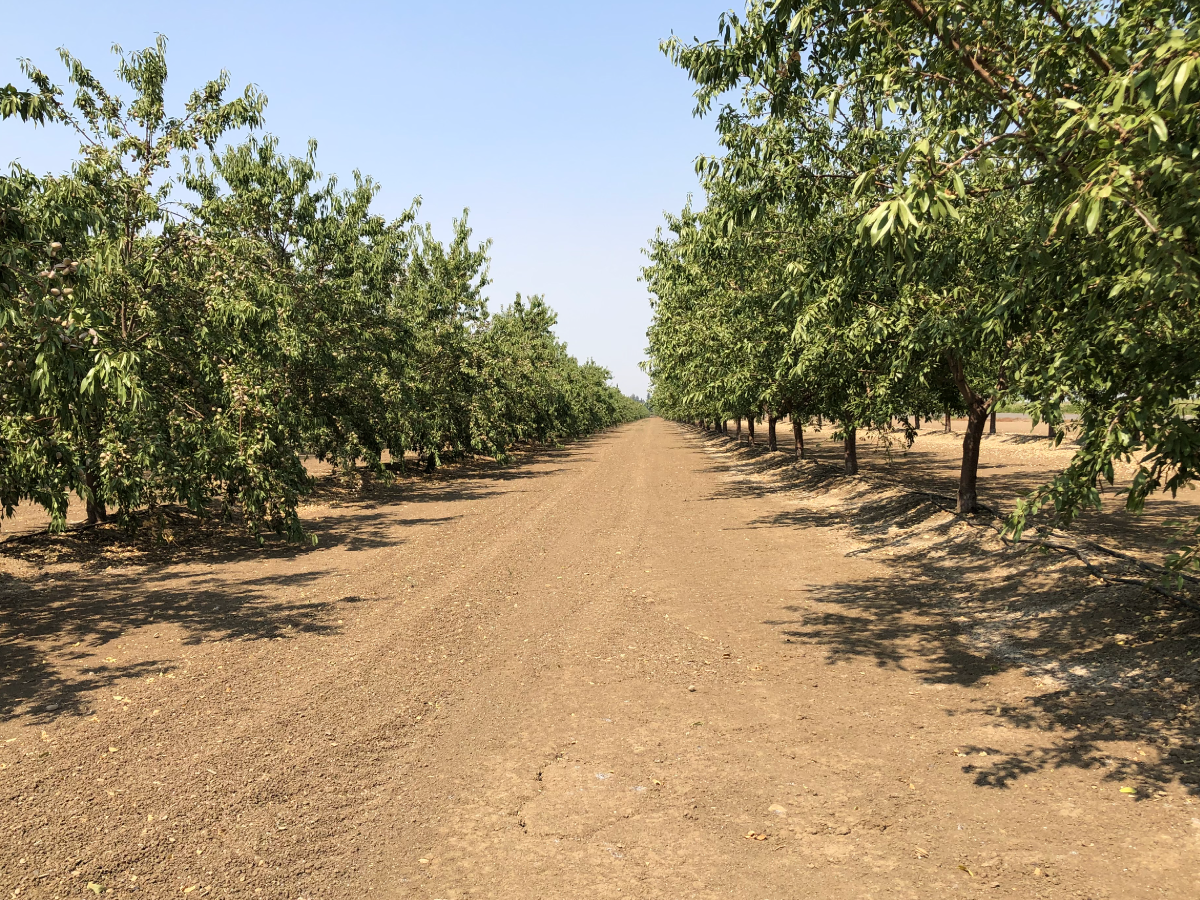
The Herbicide Resistance Action Committee (HRAC) recently revised its Herbicide Mode of Action Classification System, an important tool for developing sustainable weed control programs, to include key changes since its last revision in 2010.
The changes include a global transition from alphabetical to numerical mode of action codes, five new or reclassified modes of action (MoAs), 15 new active ingredients and rationalization of chemical family names.
The transition to numerical mode of action codes is especially important for creating a single, trusted code system. “We in the U.S. mostly use the alphabetical system and most of the rest of the world uses a numerical system,” said UCCE Weed Specialist Brad Hanson. “This HRAC change is a standardization so that we’re all using the same numerical system. It’s the same sort of harmonization that was put into place for classifying fungicides and insecticide mode of action groups used around the world.”
The current alphabetical code is based on English/Latin letters, but since there are only 26 letters in the English alphabet and 25 MoAs recognized after the latest revision with more additions anticipated in the next decade, a numerical system will become more fitting. The new or reclassified MoAs were added over the last decade as better understanding of each was reached.
Hanson said that while most of the new active ingredients listed in this update are not currently registered in California, the auxin inhibitor florpyrauxifen is expected to be registered in rice in 2022 and is also being evaluated in several specialty orchard crops.
Additionally, chemical family names, including groups and subgroups, were revised and reorganized to better highlight the similarities and differences among herbicides with the same mode of action. When a chemical group contained just one active ingredient, according to Weed Science Society of America’s (WSSA) recent fact sheet, the active ingredient was moved into an “Other” group.
Hanson said scientific societies like HRAC and WSSA revised system and information to bring uniformity and improve resistance management.
“[They] are trying to make sure we all understand the mode of action of the herbicide so we understand why they work and why they don’t work when there’s cases of resistance,” he said. “From the grower and PCA’s standpoint, this information eventually trickles down to label recommendations, resistance management plans and those sorts of things that actually make a difference on the ground.”
















